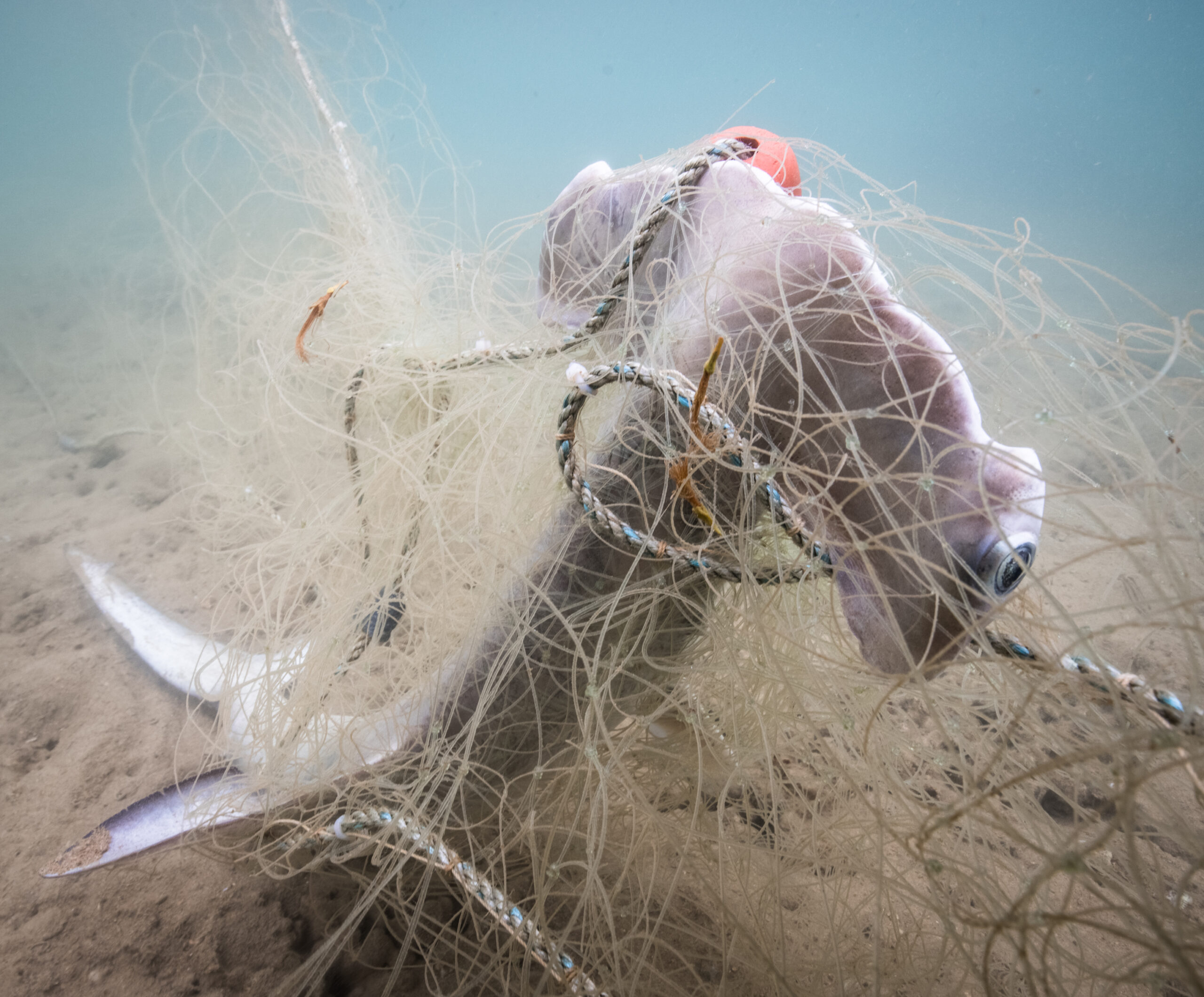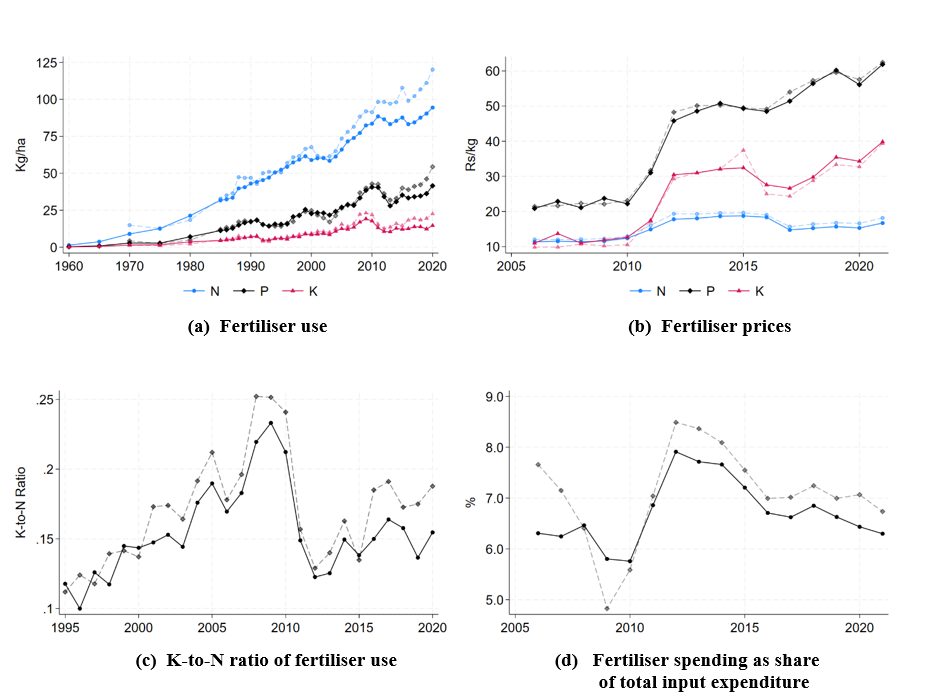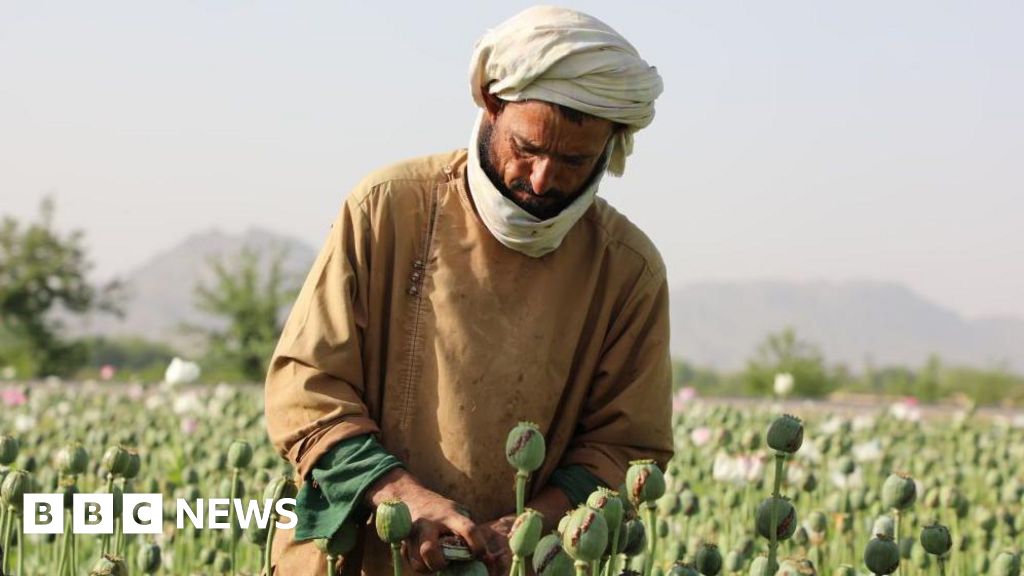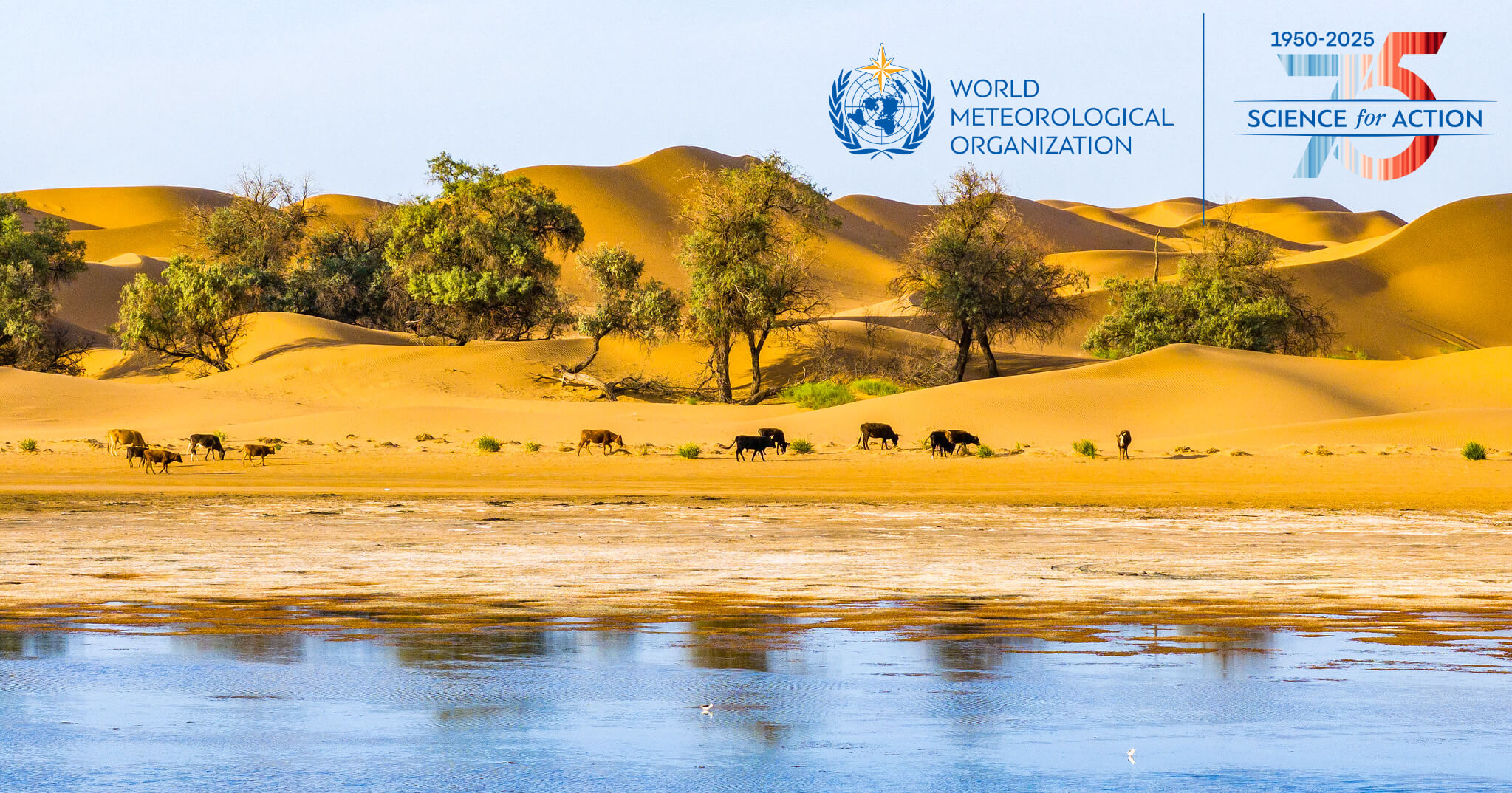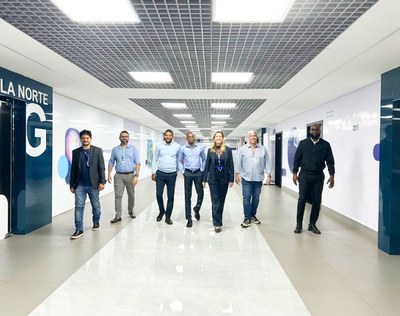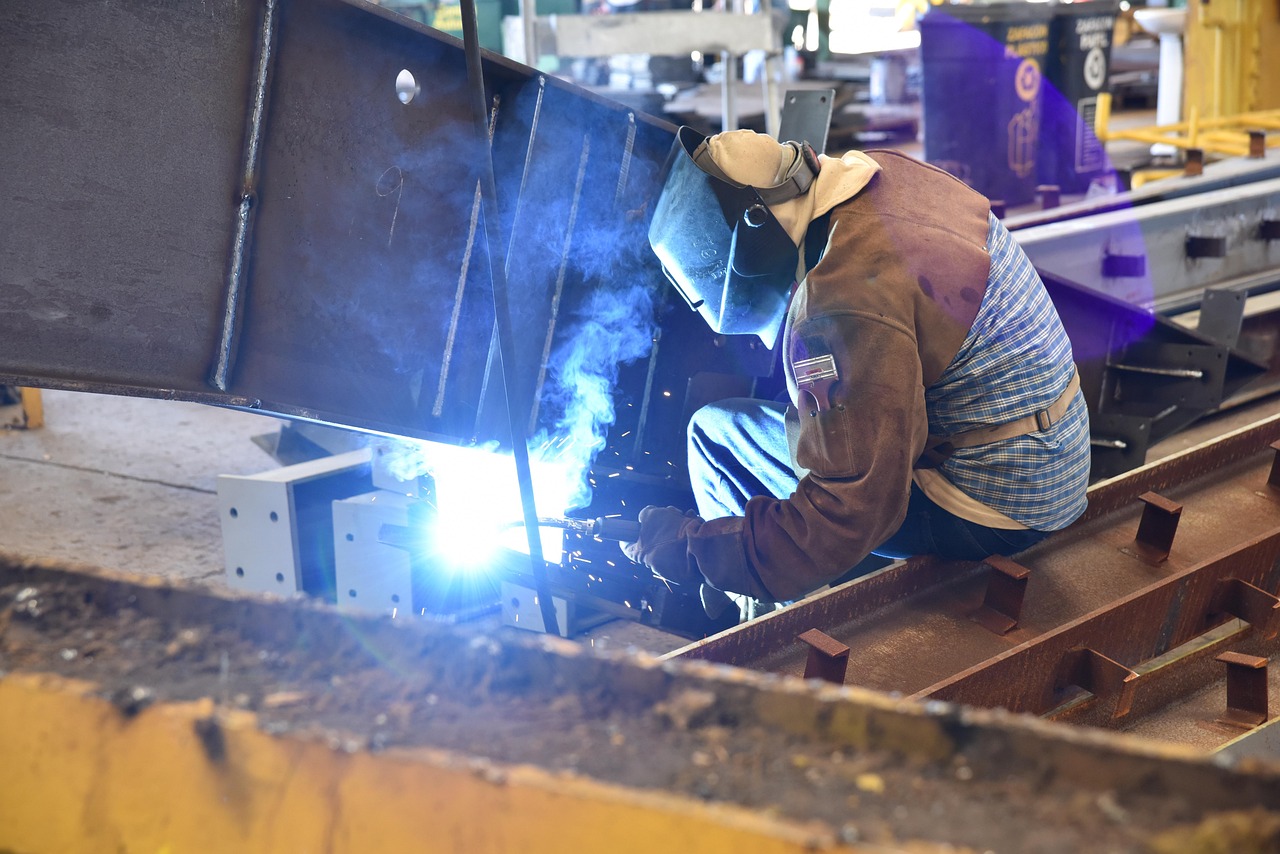Chinese BRI Investments and Construction Contracts Smash New Records in the First Half of 2025 – The China-Global South Project
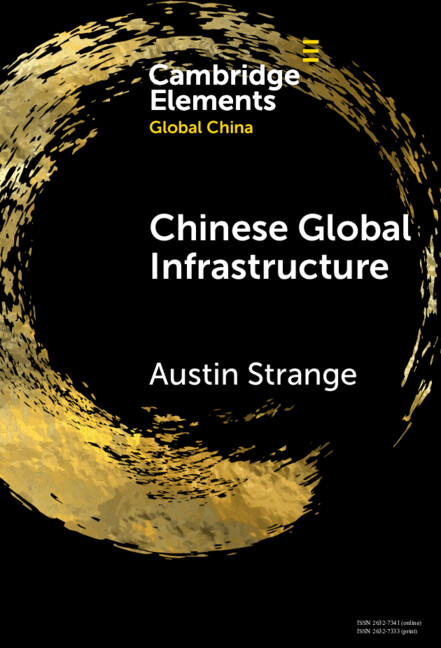
Report on Chinese Belt and Road Initiative (BRI) Investment for H1 2025 and Sustainable Development Goal (SDG) Implications
Executive Summary
A joint report indicates a significant resurgence in Chinese engagement within Belt and Road Initiative (BRI) countries during the first half of 2025. Total investment and construction contracts reached a record $124 billion, an amount exceeding the total for the entire 2024 calendar year. This development challenges previous analyses suggesting a decline in BRI financing and highlights renewed momentum with profound implications for the 2030 Agenda for Sustainable Development.
Primary Data and Sourcing
The findings originate from a collaborative study conducted by:
- Griffith University, Australia
- The Green Finance & Development Center, Beijing
The report’s central finding is the record $124 billion in Chinese commitments to BRI projects from January to June 2025. This figure signals a reversal of recent trends and a renewed emphasis on large-scale infrastructure financing.
Alignment with Sustainable Development Goals (SDGs)
The substantial increase in BRI investment directly supports the achievement of several key Sustainable Development Goals. The focus on construction and infrastructure development provides a critical pathway for progress in partner nations.
-
SDG 9: Industry, Innovation and Infrastructure
The investments are foundational to building resilient infrastructure, promoting inclusive and sustainable industrialization, and fostering innovation in developing economies.
-
SDG 8: Decent Work and Economic Growth
Large-scale construction projects are expected to stimulate local economies by:
- Creating employment opportunities.
- Promoting sustained and inclusive economic growth.
- Enhancing productive capacities in host countries.
-
SDG 11: Sustainable Cities and Communities
The development of infrastructure, such as transport and utilities, is essential for making cities and human settlements more inclusive, safe, resilient, and sustainable.
-
SDG 17: Partnerships for the Goals
The BRI framework itself represents a major global partnership for sustainable development. The cross-national academic collaboration producing this data further exemplifies the spirit of this goal.
-
SDG 7: Affordable and Clean Energy
The involvement of the Green Finance & Development Center suggests a potential focus within these investments on green energy projects, contributing to universal access to affordable, reliable, and modern energy services.
Conclusion
The record-breaking $124 billion in Chinese BRI financing in H1 2025 marks a pivotal moment, countering narratives of a strategic retreat. This renewed investment offers a significant opportunity to accelerate progress towards the Sustainable Development Goals, particularly in infrastructure development (SDG 9), economic growth (SDG 8), and global partnerships (SDG 17). The scale of this engagement underscores the BRI’s continuing role in shaping development finance and infrastructure landscapes across the Global South.
Analysis of Sustainable Development Goals (SDGs) in the Article
1. Relevant Sustainable Development Goals (SDGs)
-
SDG 9: Industry, Innovation and Infrastructure
- The article’s central theme is the financing of infrastructure through China’s Belt and Road Initiative (BRI). It explicitly mentions “infrastructure financing” and “construction contracts,” which are core components of building industry and infrastructure in partner countries.
-
SDG 17: Partnerships for the Goals
- The BRI is a large-scale international partnership. The article highlights the financial aspect of this partnership, detailing the flow of investment from China to BRI countries. This directly relates to the goal of strengthening the means of implementation and revitalizing global partnerships for sustainable development, particularly through financial resource mobilization.
-
SDG 8: Decent Work and Economic Growth
- Massive investment in infrastructure and construction is a primary driver of economic growth. While not explicitly stated, the surge in investment to “$124 billion” implies significant economic activity aimed at fostering growth in the recipient countries.
2. Specific Targets Identified
-
Target 9.1: Develop quality, reliable, sustainable and resilient infrastructure… to support economic development and human well-being.
- The article’s focus on “infrastructure financing” and “construction contracts” under the BRI directly supports the development of regional and transborder infrastructure, which is the essence of this target.
-
Target 17.3: Mobilize additional financial resources for developing countries from multiple sources.
- The article quantifies a massive mobilization of financial resources, stating that “$124 billion” in Chinese investment and construction contracts flowed into BRI countries in just six months. This is a direct example of the financial mobilization described in this target.
-
Target 9.a: Facilitate sustainable and resilient infrastructure development in developing countries through enhanced financial, technological and technical support…
- The article describes a significant increase in financial support from China for infrastructure in BRI countries. The involvement of the “Green Finance & Development Center” also implies a potential focus on sustainable development, aligning with this target.
3. Indicators for Measuring Progress
-
Indicator 17.3.1: Additional financial resources mobilized for developing countries from multiple sources (in United States dollars).
- The article provides a precise value for this indicator: “$124 billion” in Chinese investment and construction contracts in the first six months of 2025. This figure is a direct measurement of financial resources mobilized for BRI countries.
-
Indicator 9.a.1: Total official international support (official development assistance plus other official flows) to infrastructure.
- The “$124 billion” figure mentioned in the article serves as a direct measure of international financial support for infrastructure, aligning perfectly with this indicator. It quantifies the flow of funds dedicated to construction and infrastructure projects within the BRI framework.
Summary Table of SDGs, Targets, and Indicators
4. Table of Findings
| SDGs | Targets | Indicators |
|---|---|---|
| SDG 9: Industry, Innovation and Infrastructure | Target 9.1: Develop quality, reliable, sustainable and resilient infrastructure.
Target 9.a: Facilitate sustainable and resilient infrastructure development in developing countries through enhanced financial support. |
Implied Indicator (9.a.1): The value of total international support to infrastructure, measured in the article as “$124 billion” in Chinese investment and construction contracts. |
| SDG 17: Partnerships for the Goals | Target 17.3: Mobilize additional financial resources for developing countries from multiple sources. | Direct Indicator (17.3.1): The article provides a specific value for additional financial resources mobilized, stating it is a “record $124 billion” in the first six months of 2025. |
| SDG 8: Decent Work and Economic Growth | Target 8.1: Sustain per capita economic growth in accordance with national circumstances. | The article implies progress towards this target through its discussion of massive “investment and construction contracts,” which are key drivers of economic growth, although no specific growth rate is mentioned. |
Source: chinaglobalsouth.com

What is Your Reaction?
 Like
0
Like
0
 Dislike
0
Dislike
0
 Love
0
Love
0
 Funny
0
Funny
0
 Angry
0
Angry
0
 Sad
0
Sad
0
 Wow
0
Wow
0





/https://media.globalcitizen.org/ea/9e/ea9e1a08-9cc4-472e-a0a7-57a76f7c1e06/screenshot_2025-11-06_at_101647.png?#)












![Architects use comics and humour to rethink sustainable cities [Interview] – Mongabay-India](https://imgs.mongabay.com/wp-content/uploads/sites/30/2025/11/06135611/1761635108000-768x511.jpeg?#)







